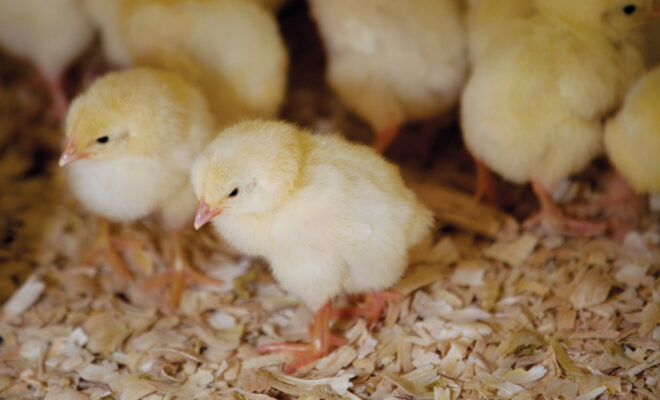
I’m approaching the one-year anniversary of my battle with the beetles.
Japanese beetles consumed so much of my garden last summer that I recorded and narrated videos on my smartphone. I snapped photos. I talked to gardeners about the degree of their problems and their approaches for plant survival.
The beetles dined on my vegetable plants. The destruction reached the point of needing treatment in our farm’s soybean fields, too. But they especially feasted on my fruit plants: the tart cherry tree, the strawberry plants and most of all, my grapevine.
We spent $50 on beetle traps at the local garden center. Some nights, we captured enough of the iridescent, hard-shelled nuisances to fill two, 1-gallon storage bags. I mean fat and full. The untrapped survivors brought friends. They descended by the thousands. My grapevine progressed from bug-bitten, lacy leaves to a mere skeleton. I pulled out the insecticide. I followed label directions, applied and saved the vine and its fruit.
That summer, I gave some visitors a tour of our fruit and vegetable gardens. I told them about my fight and arsenal of weapons, including insecticide.
“So, you usually try to be organic?” one visitor asked.
I realized that avoiding pesticides single-handedly defined organic to my guests. The reality: Organic does not mean pesticide-free, nor does pesticide-free mean organic. The visitors responded with raised eyebrows. Public perception had misled them.
You see, farmers can use organic pesticides or synthetic pesticides if necessary – either one intends to kill threatening bugs, weeds and fungal diseases. Organic and conventional food production methods also differ by fertilizer choices, seed types, a soil’s history and more.
Public misconceptions lead to battles on TV and radio talk shows and online. We farmers tend to stay relatively quiet out here, distanced from most of the population. We don’t have a ready microphone to the nation.
Yet times are changing. In fact, check out watchusgrow.org. There, you can connect with authentic farm families throughout Illinois. Read their posts. Ask questions. Receive honest answers. Then form an opinion.
Learn how farmers use or don’t use antibiotics. View their takes on GMOs and pesticides. Learn how they care for their animals. And ask farmers to share the meaning behind product labels about corn syrup, gluten and “natural.”
Less than 2 percent of the U.S. population farms for a living. How does 98 percent of the population obtain its information? I’m afraid too many get it from some nonfarmer TV personalities, magazine writers and online sources, often with motivated messages.
Ask a farmer. Seek the facts. Call a truce to this information battle.




